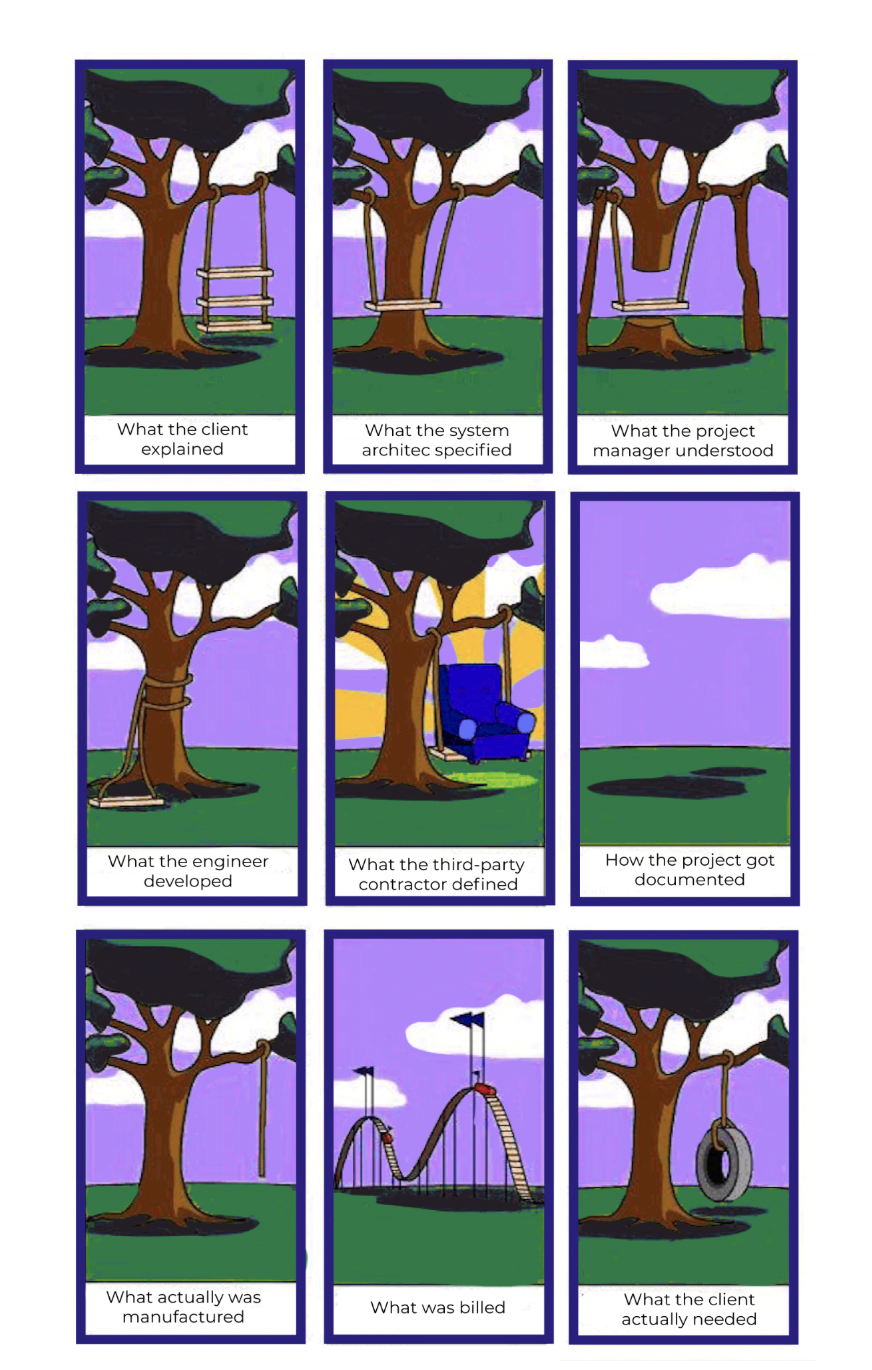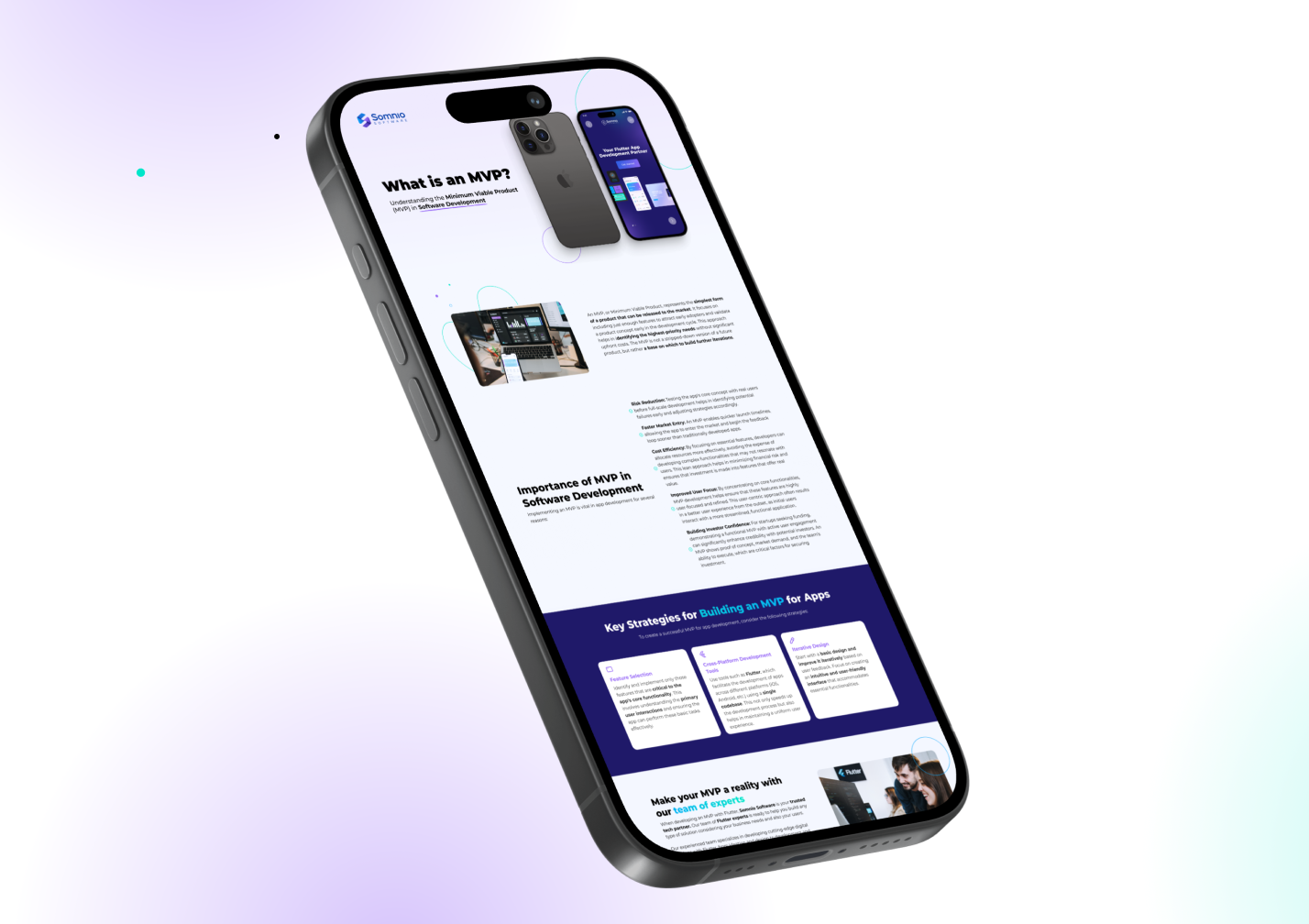Why Discovery before development?
Building a product is exciting. You have the idea, the vision, maybe even the team. The natural instinct is to jump straight into development and start coding right away. But if you don’t take the time to truly understand what you’re building, who it’s for, and why it matters you risk wasting time, money, and energy on the wrong things.

Product Discovery is the step that happens before the first line of code. It’s where ideas are validated, risks are identified, and opportunities are uncovered. By doing this upfront work, you gain the perspective and business vision you need to make smarter decisions. In fact, studies show that while the discovery phase typically represents only 5–10% of a project’s budget, it can prevent budget overruns of 50% or more later on. For every $1 invested in discovery and early validation, companies can see returns of up to $100 in reduced rework, higher adoption, and better product–market fit.
Skipping this step might save you a few weeks now, but it can cost you months of rework later. Without discovery you risk having each stakeholder picture something entirely different, while the user’s real needs go unmet. Discovery aligns everyone around a shared understanding and ensures you build the right product from the start.
No one-size-fits-all
Every product has its own story. Some are brand-new ideas that need shaping, others are established but need refining, and many fall somewhere in between. That’s why there’s no one-size-fits-all approach to discovery.
We follow a proven blueprint, but we’re always eager to tailor the process to each client’s needs and context. The main goal is simple: understand the customer in their entirety to build a product strategy that works. This means listening deeply, asking the right questions, and adapting the process to fit your vision.
From the big picture to the MVP
Discovery begins at the macro level:
- Is your product just a vague idea?
- Is it a well-defined plan that needs some fine-tuning?
- Or is it already out in the market with real users?
Through workshops and research, we explore your product’s vision, the market it will operate in, and the users it will serve. Depending on your case, this might include strategy workshops, competitor benchmarks, or user persona sessions.
Once we’ve painted the big picture, we zoom into specifics. This is where we define the MVP (Minimum Viable Product), the first version of your product that brings value to your users quickly. Time-to-market is critical, and scoping the MVP properly helps you launch fast without losing focus on quality and impact.

Turning insights into action
The outcome of discovery isn’t just theory, but rather a clear plan forward. We’re agile, so we don’t treat discovery as something set in stone. Instead, it’s a horizon that provides direction, clarity, and confidence as you move into development.
As part of the process, you’ll walk away with tangible deliverables that act as the foundation of your product, such as:
- User story mapping
- MoSCoW prioritization
- Roadmap defined by epics
- Technical documentation
- Competitive benchmarks
- User flows and MVP UX/UI design
These deliverables give your team a shared language, align stakeholders, and make sure that when development starts, you’re building the right thing, not just something.
Conclusion
Product Discovery isn’t a nice-to-have , it’s the difference between building blindly and building with purpose. By taking the time to understand your market, your users, and your business goals, you set the stage for smarter investments and faster results.
At the end of the day, discovery gives you more than a plan. It gives you confidence, clarity, and the foundation to create a product that truly matters.

.jpg)





.png)
%20(1).png)